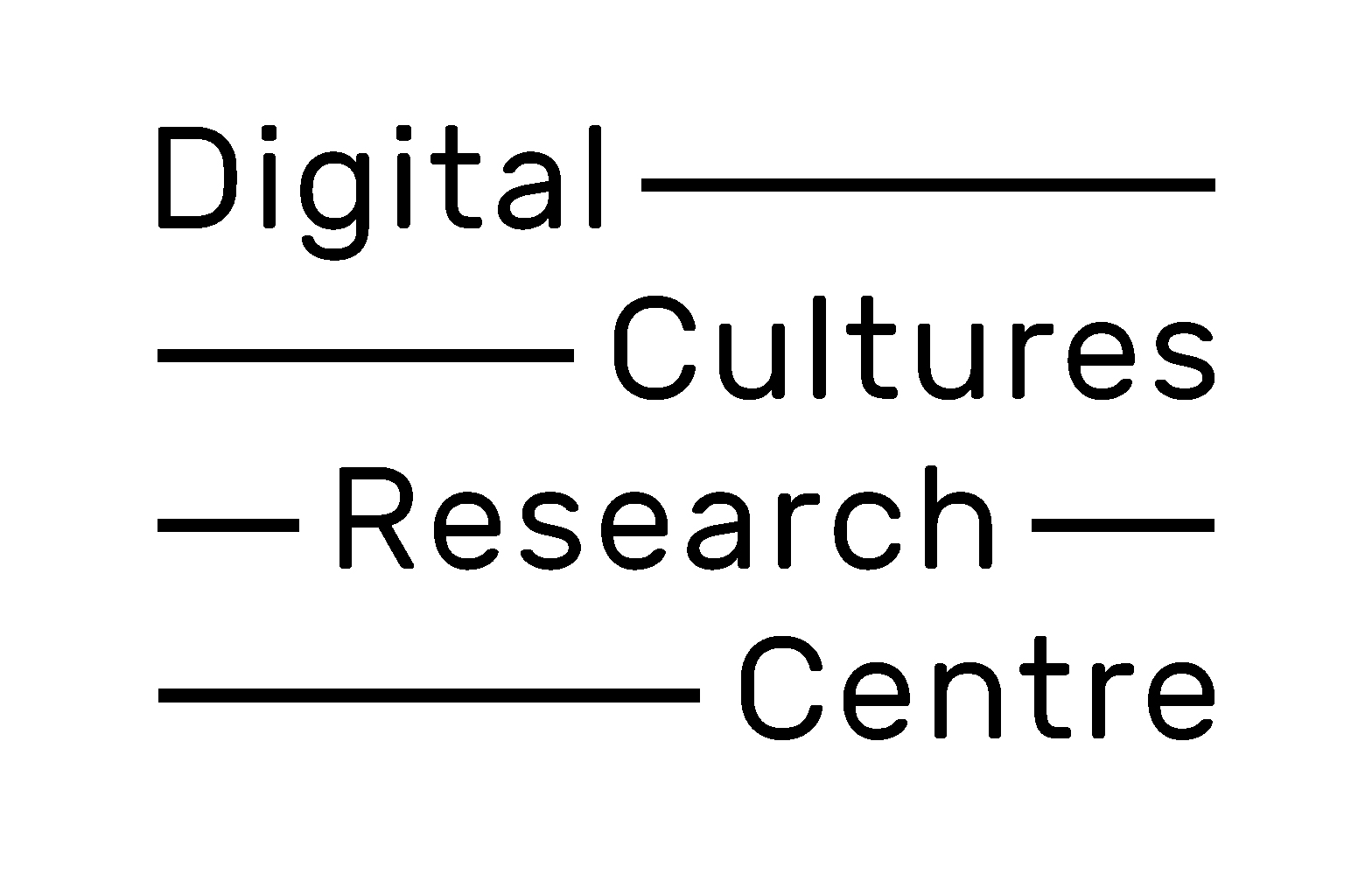An Age of Iron – Agency, co-creation and environmental advocacy in lens-based practice
Author: Becky Nunes
Format: Video
Duration: 7′ 57”
Published: December 2023
https://doi.org/10.37186/swrks/14.1/2
Research Statement
Research Questions:
How can environmental and indigenous alliance be enacted through an experimental lens-based practice? This question is explored through the making of An Age of Iron. My research territory has for many years been engaged with imaging the effects of colonising and extractive forces on the land, and in making this short experimental film I hoped to identify my own standpoint more clearly, as a tau-iwi or non-Māori womxn deeply committed to issues circulating around land rights and use, and as a lens-based artist struggling with the ethical implications of photo-filmic representation. In particular I wanted to address questions of authorship and ownership of the narratives that were emerging in my practice, and to develop new strategies for imaging the other-than-human that remained sensitive to those questions.
The earlier still and moving image work I had been making explored degrees to which autoethnographic and documentary impulses could cohabit in photo-filmic work. Specifically, I was attempting to weave together references to intensely personal spiritual experiences with elements of less abstract visual storytelling using established conventions of landscape and still-life photography. Initially when working in the tribal lands of Ngāti Rangi I continued working in this way, and produced a series of still images and several short moving image works. In single file (Figs 1 & 2) was an early attempt to combine these aspects of my practice, and to provide a richer and more layered context for the themes in the work through the devices of dissolved transitions, the inclusion of sound, and text overlays. This approach aligns with the history of the personal essay film in alternative cinema, and resonates with works by Chris Marker, Patrick Keiller and Gavin Hipkins (Leonard, 2017).
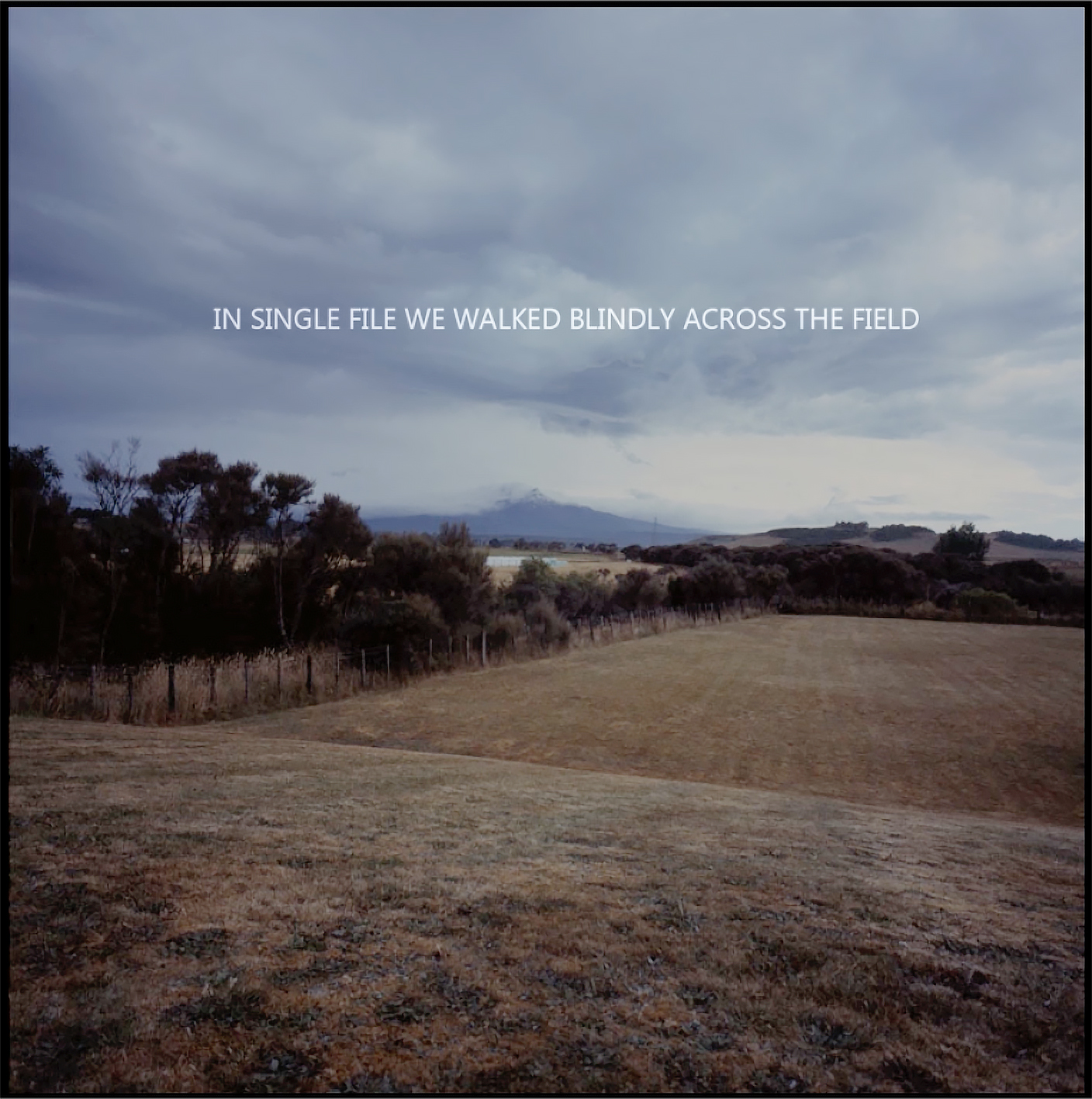
Fig. 1 Still from we walked in single file HD 2’47” 2013
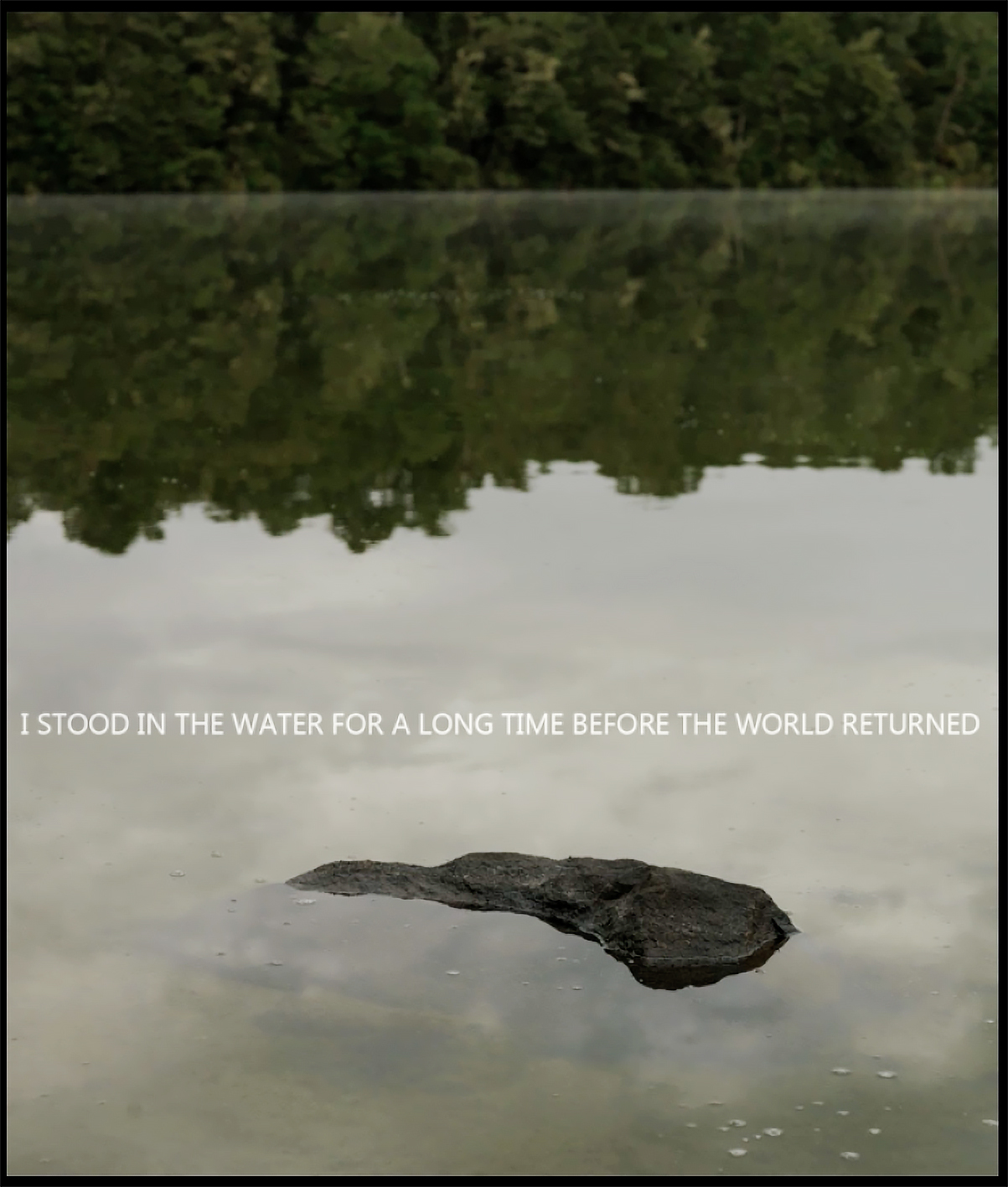
Fig. 2: Still from we walked in single file HD 2’47” 2013
However, the communication of a personal narrative via text felt on reflection like an uncomfortable appropriation of the landscape; through this process a visual hierarchy was set up, in that meaning was conferred to the land in the space of the frame only through the overlay of written English language. It is important to note that my lived experience is not only not that of someone indigenous to Aotearoa, I also do not have any direct familial connections to the settler history of that country; arriving myself in the late 1980s from the heart of Empire, and as such always occupying the farthest reaches of the “hyphen between colonizer-indigene” (Denzin, Lincoln and Smith, 2008). Thus the intentions of the film to “place” a series of events into the body of a landscape risk inflicting further violence through a decentring of the trauma of colonisation. My approach to representation of the landscape, through static, picturesque camera viewpoints that accidentally repeated the colonising gaze, inscribed into tropes of Western landscape painting and photography a “flexible mode of representation that served a range of strategic purposes including naturalizing the position of the colonial settler” (Mitchell, 1994). Despite the stitching together of word and image through transitions and overlays in the piece, the gaps between buried layers of meaning personal to myself and any real form of understanding on the part of the viewer remained unbridged.
Context and Methods.
In response to what I perceived as the unintended perpetuation of colonising impulses and stereotypes in my previous work, I trialled new strategies for production. My goals were to de-centre any autoethnographic impulses in the work, while continuing to acknowledge the situated and lived experience that informs my own cultural context. I also aimed to develop new approaches to experimental film-making that would not be paralysed by what Erica Balsom has referred to as the “pedagogy of suspicion” (Balsom, 2017) that has accompanied much of the dialogue around documentary representation in the context of postmodern photo-filmic practice, but would instead respond by attempting to “revive key elements of the observational mode while challenging the epistemological claims that historically accompanied it through strategies of partiality, blockage, and opacity” (Balsom, 2017). The specific context for beginning this development in my work was the long-term appropriation of Ngāti Rangi tribal lands for use by the Crown; specifically for energy generation through a hydro-electric scheme and for Ministry of Defence training purposes. I made repeated visits to the community, working alongside them to create a collaborative educational partnership with the institution in which I worked. In responding to these experiences through the act of making lens-based work, I separated out for development several distinct strands of practice, and tested them in my next body of work, Tongariro Power.
The first strand involved the overt appropriation of found archival material, re-working the triumphal and pioneering visual language of documentaries from the mid-20th century in order to make explicit the embedded settler, colonising and gendered narratives through surrealist and satirical tropes of montage and decontextualised re-presentation of the material. Campbell and Durden write that “Photography’s esthetic captures very well the reflective sheen of the surfaces of capital’s culture; indeed it helps to create it” (Campbell and Durden, 2019). In appropriating imagery from propagandist government-sponsored film-making my aim was to “intervene at the surface of this allure”, through the various uses of large-scale projections of fragments of footage, the abstraction of sound and film speed and the recontextualization of single frames into new narrative structures within accompanying zine-format artist books (Figs 3-5).
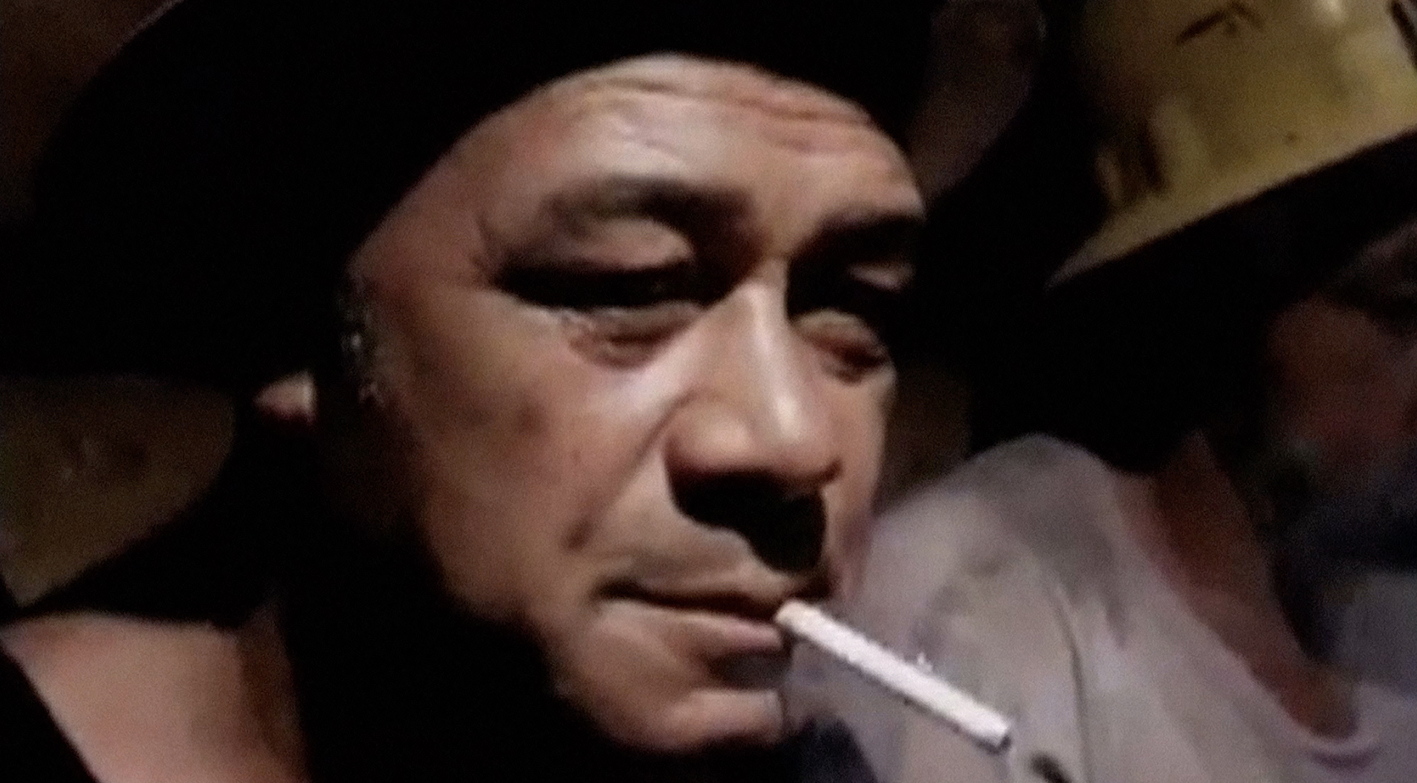
Fig. 3: Film still from Mama don’t let your sons grow up to be cowboys 3’ HD Video 2015
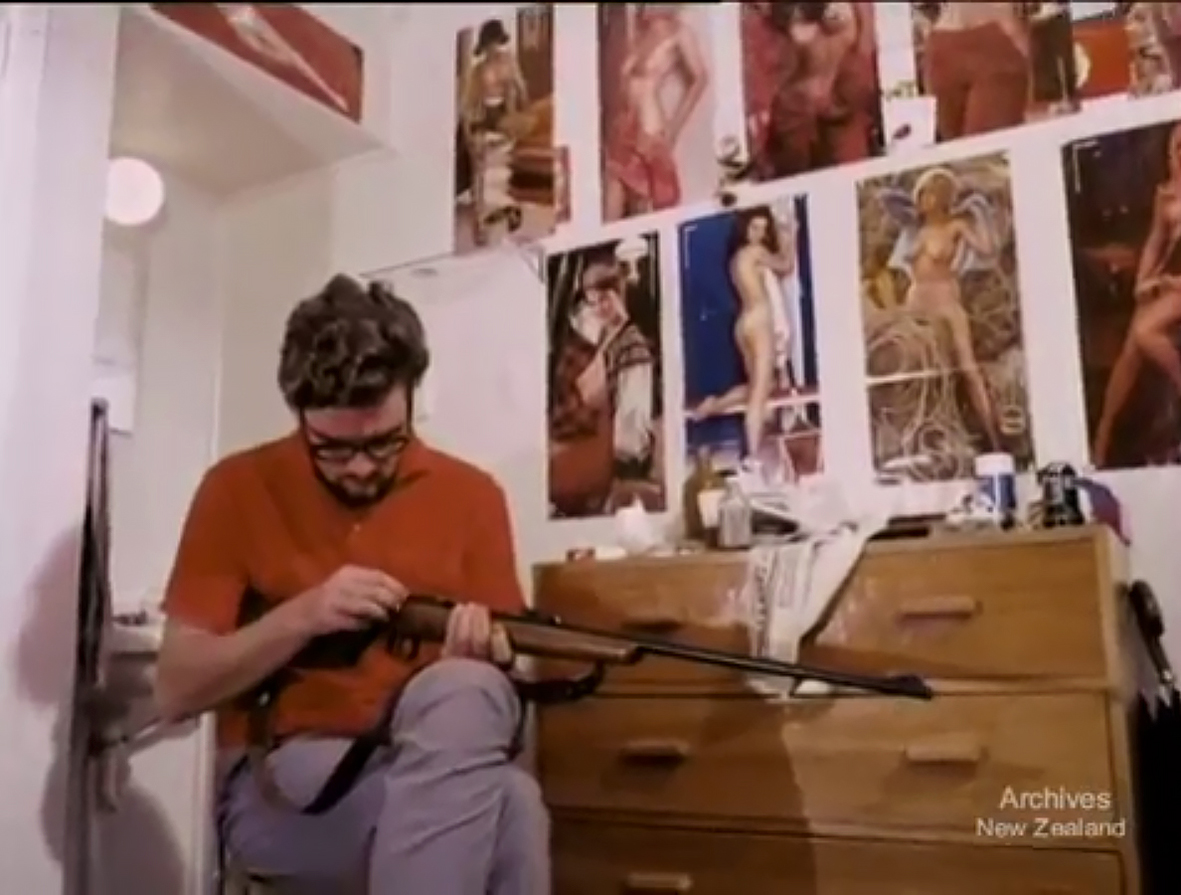
Fig. 4: Single frame extracted into sequence in Tongariro Power artist book. 2015
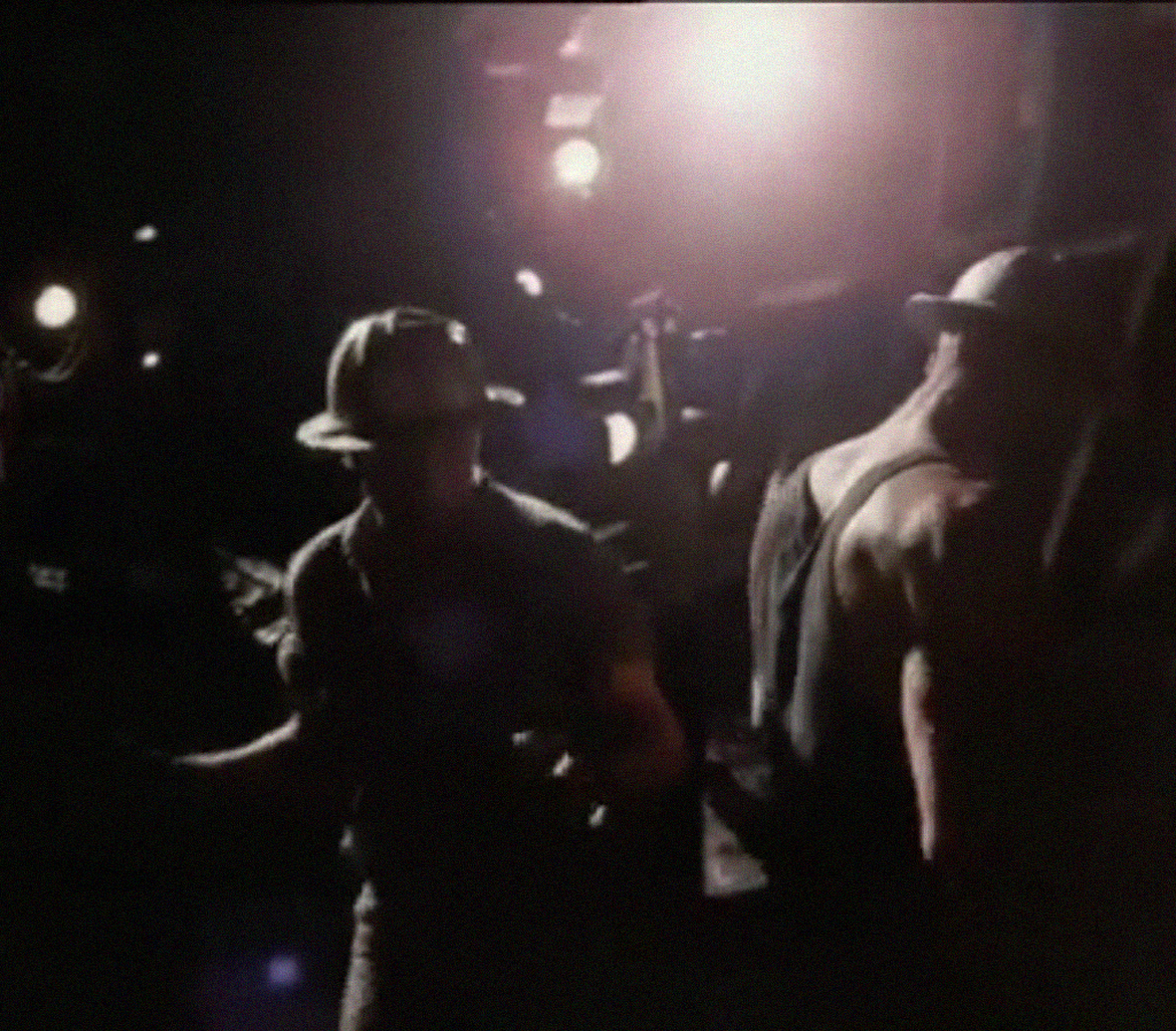
Fig. 5: Single frame extracted into sequence in Tongariro Power artist book. 2015
The second methodology was developed as a process by which I as a filmmaker could “understand the landscape as a somatic place” (Pearson, 2010). After initial research was undertaken into the specific site and its context, I adapted an aspect of Situationist practice through undertaking the dèrive as method to travel through the environment. My adaptation of this method includes the explicit understanding that I operate from the coloniser-indigene hyphen, and in working in this way I invoke the Kaupapa Māori approaches delineated by Dr. Ngahuia Te Awekotuku, sourced from Linda Tuhiwai Smith’s Decolonising Methodologies text (Smith, 2021).
These can be stated as:
Aroha ki te tangata/Love for the people
Kanohi kitea/The seen face, or present yourself face to face
Titiro, whakarongo..korero/Look, listen….speak
Manaaki ki te tangata/Share and be a host, be generous
Kia tupato/Be cautious
Kaua e takahia te mana o te tangata/Do not trample over the mana of the people
Kia mahaki/Don’t flaunt your knowledge
When in the environment I am watchful for Jungian synchronicities or meaningful coincidences, and through observing these events I am also acknowledging the practices of Mātauranga Māori, careful observations of signs and symbols of the natural world that feed into rich and complex web of indigenous intergenerational knowledge. Jung’s rewording of synchronicity as a “rupture of time” (McGuire & Hull 1978: 230) also aligns with Māori understanding of time as non-linear:
Kia whakatōmuri te haere whakamua: ‘I walk backwards into the future with my eyes fixed on my past’
(Māori whakatauki or proverb)
Respectfully, on foot with camera and audio recorder, I am open to what is offered up by the place. This includes photo-filmic responses to the landscape, aural responses to sound and also sometimes the collection of an artifact for further photographic and sculptural enquiry in the studio space. This fieldwork aligns with the embodied camera, with its limitations and possibilities described by Bridget Crone as she discusses the work of Charlotte Prodger (Crone, 2020). Camera movements are the products of necessity; as a lone camera operator with limited equipment the camera takes up the “view from a body” (Haraway, 1998), which works in contrast to the Cartesian authoritative God-eye view from above.
Outcomes
An Age of Iron represents my first attempt to synthesise these methodological strands of practice into a single experimental film. The work asks the audience to consider land rights, resource extraction, ownership, and our relationships with more-than-human materials and place. Tahāroa is a tiny settlement to the South-West of the Kawhia harbor, in the North Island of Aotearoa. Some iwi (tribes) and hapu (sub-tribes) are looking at arrangements with corporations as sources of revenue as well as opportunities to retain aspects of their kaitiakitanga (guardianship) of whenua (land) and cultural protocols. N.Z Steel first brokered an agreement with local tribe Ngāti Mahuta ki te Hauāuru in the 70’s to extract the titanomagnetite from the sands and ship it offshore for use in the construction of steel. Tucked out of sight, over the headland, the dredging operation of this iron-ore extraction from the volcanic black sands of the foreshore has been continuing unabated for over 50 years. In making the film I undertook to offer voice to that sand, to that foreshore, to those waves. This film asks what prolonged mineral extraction and the re-introduction of that material into the global manufacturing chain might mean for the mauri (or spirit) of the land, and for our planetary relationships.
The construction and structural elements of the film attempt to respond to Balsom’s call for a renewed utilization of observational modes of film-making that also employ deliberate occlusions and disruptions of the indexical plane of vision as strategies to challenge “the epistemological claims that historically accompanied it” (2017). Creating space for the viewer to navigate these partial revelations, I removed any intertitles. I appropriated and created digital fragments from various archives, taking on the role of what artist Fiona Jack has referred to as “guerilla historian” (Jack, 2013). Ship tracker data shows the slow progress of the Taharoa Destiny and other barges as they traverse the Moana Pacific (Pacific Ocean) with their ore cargo to their destinations on the Chinese mainland. Much of this ore is smelted into aluminium to feed the ongoing construction boom there and beyond. I have interrupted the more cinematic views of the landscape with screen grabs gathered from a citizen website broadcast from Beijing charting worker accidents and deaths on construction sites across the Chinese provinces. Through these interventions I am attempting to allude to othered and other-than-human narrative voices; those of the local mine workers, the Chinese labourers on construction sites, the iron-sands and the ocean that connects them (Figs 6 & 7). The insertion of animated symbols (miners’ housing, abandoned tyres) wheel down and across the observational footage in another act of disruptive opacity. Two further animated elements refer to non-Western cosmologies, to time and space travel in relation to Polynesian mythologies and to the elemental/asteroidal nature of the ore itself (Fig. 8). In this work I have departed from observational sound, commissioning a more cinematic score that emphasises the dystopian elements of this profoundly traumatised Anthropenic landscape.
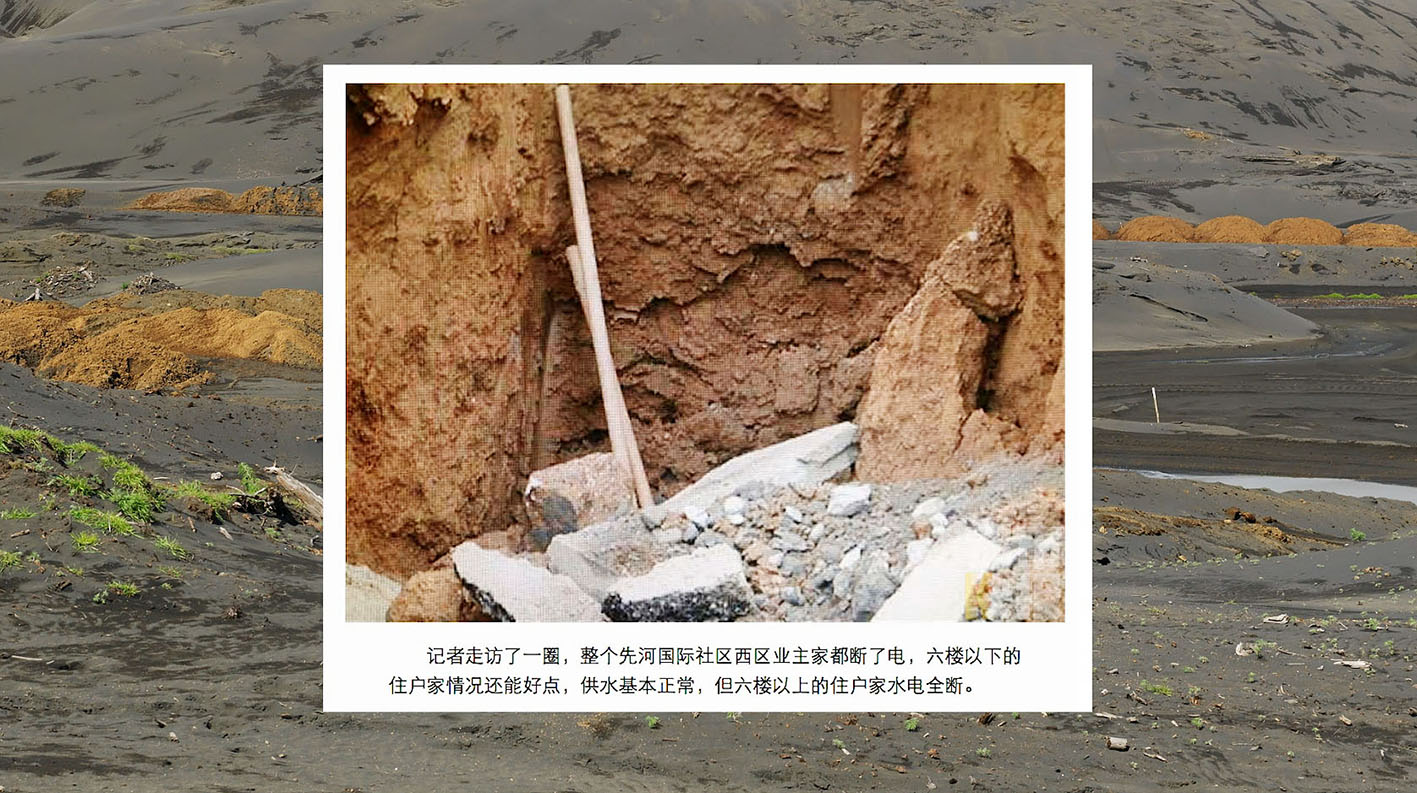
Fig. 6: Still from Age of Iron HD Video 8’ 2020
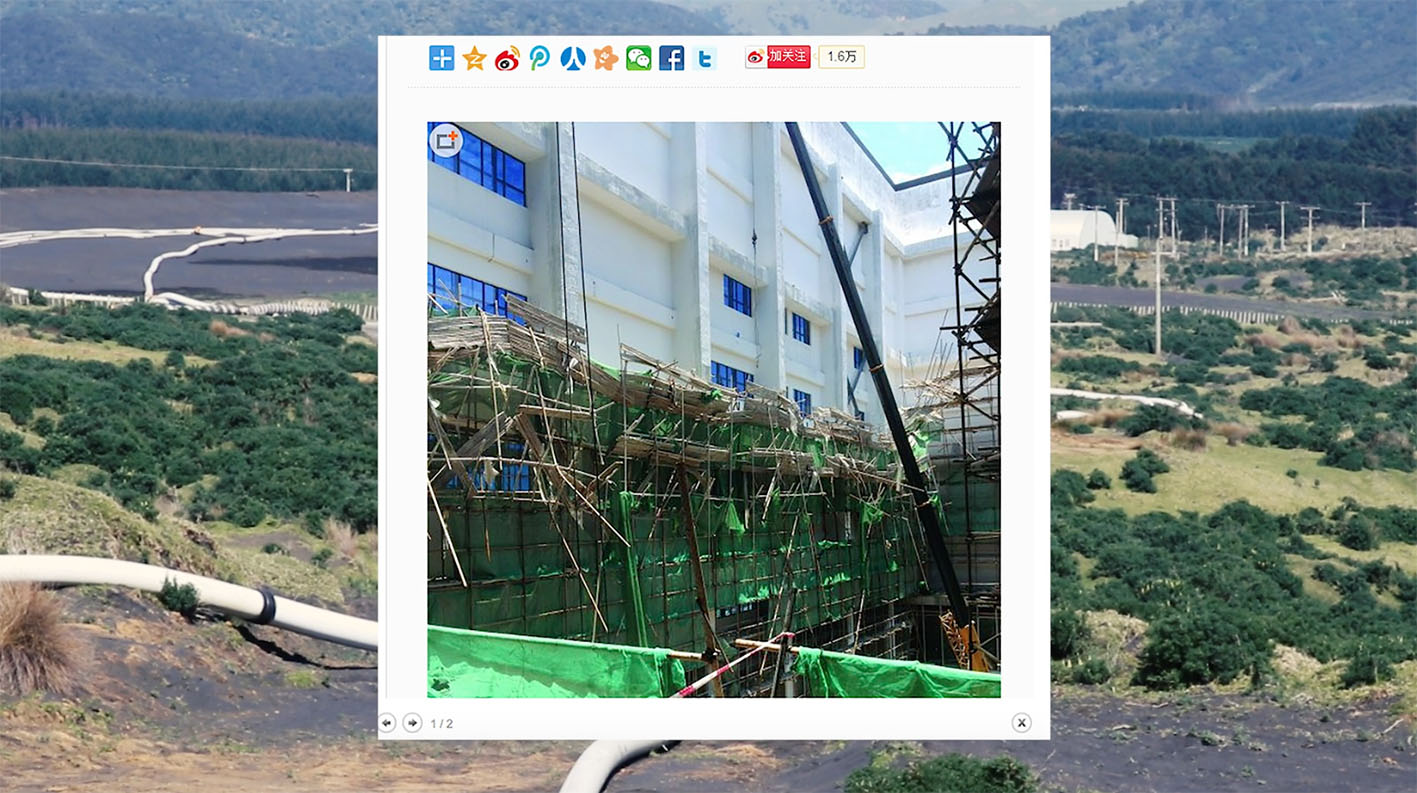
Fig. 7: Still from Age of Iron HD Video 8’ 2020
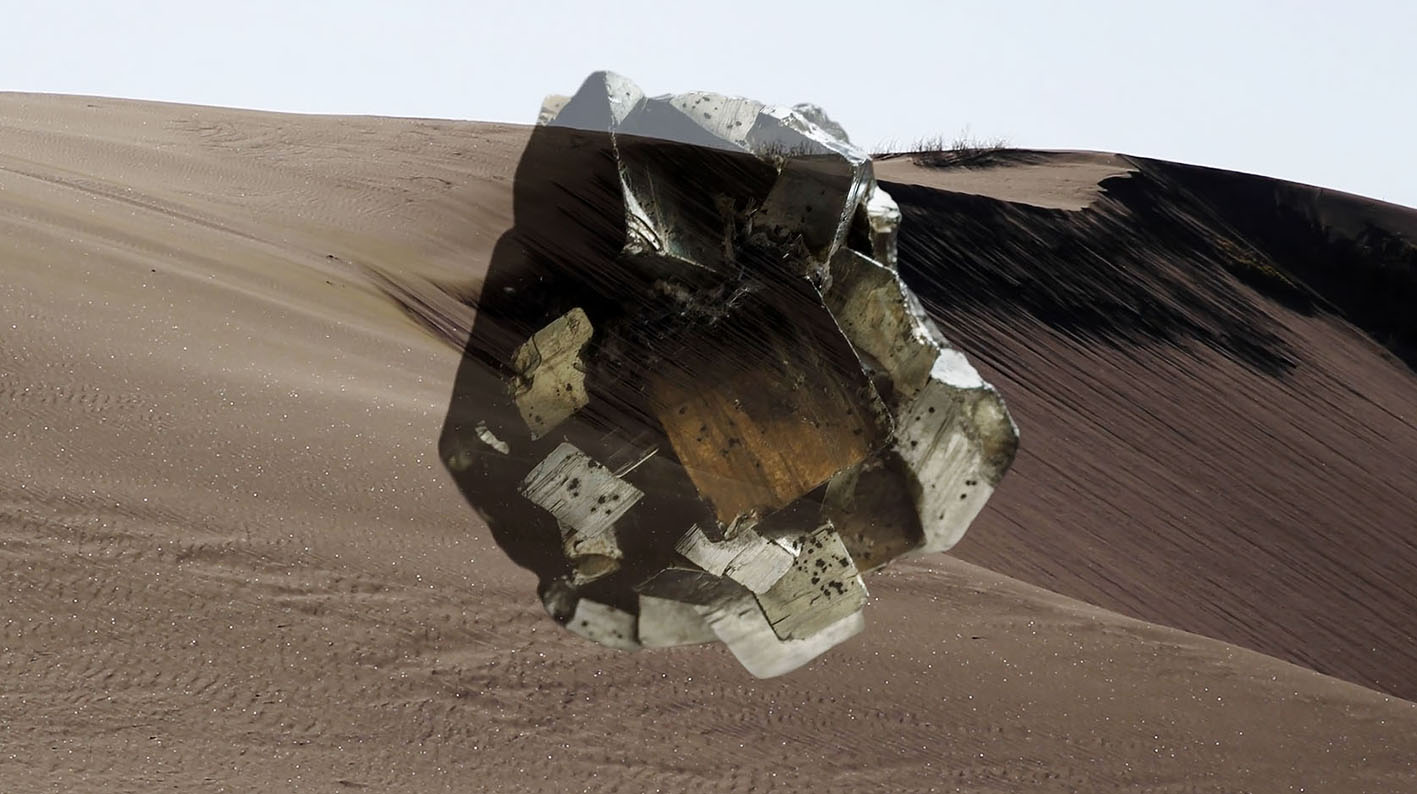
Fig. 8: Still from Age of Iron HD Video 8’ 2020
Through the making of Age of Iron I have attempted to open up a space for myself to observe, consider and convey my responses to the profound and ongoing trauma inflicted on the land by capitalist, extractive and colonising practices. I have also attempted to develop methods that operate in alliance with indigenous ways of being and knowing, without making claims on or appropriating that knowledge or those stories. I have identified that interventions into the observational frame through the layering and animating of symbolic visual elements can offer some of the protective partiality and blockage Balsom has called for. The removal of guiding text or voiceover de-prioritises written/English language and asks the viewer to engage in somatic and intuitive ways with the voice of the land as mediated through the film. I have identified some methodological strategies to move beyond a paralysing critique of authorship in the process of making the work. As the viewer navigates the layered planes of imagery on the screen there is a “push and pull” of focus between observational and embodied states that points towards future directions for filmmaking that can more fully enter into the porous and liminal spaces between our human lived experiences and those other-than-human kin with which we share our planet.
Impact
This film has screened (on the eve of lockdown) in a gallery context in Tamaki Makaurau, Auckland, Aotearoa (New Zealand). The installation of the film was augmented by the inclusion of an archival documentary from TVNZ from the 1960s that documented the impact then of the mine on the inhabitants of Tāhaora. This played using headphones simultaneously on an analogue TV in the gallery space, and provided further context for the more abstract moving image work, and would be my preference for viewing this work in the future.
Bibliography
Balsom, Erika. (2017) “The Reality-Based Community.” e-flux Journal, 83. Campbell, David, and Mark Durden. “Spectacle and Anti‐spectacle.” In Chichester, UK: John Wiley & Sons, Ltd, 2019, 465-482. Available at: https://www.e-flux.com/journal/83/142332/the-reality-based-community/
Crone, Bridget. (2020) “Swampy Ecologies.” Holt Smithson Foundation Scholarly Texts. May. Available at: https://holtsmithsonfoundation.org/swampy-ecologies
Denzin, Norman K., Yvonna S. Lincoln, and Linda Tuhiwai Smith. Handbook of Critical and Indigenous Methodologies. Thousand Oaks: SAGE Publications, Inc, 2008.
Jack, Fiona. (2013) Conversation with the artist. 2013.
Leonard, Robert. (2023) Gavin Hipkins: The Revenant, Robert Leonard. Available at: https://robertleonard.org/gavin-hipkins-the-revenant/ 2017 (Accessed: 25 September 2023).
Mitchell, William J. T. (ed.) (1994) Landscape and Power. Chicago: University of Chicago Press.
Pearson, Mike. (2010) Site-Specific Performance. Basingstoke: Palgrave Macmillan.
Smith, Linda Tuhiwai. (2021) Decolonizing Methodologies: Research and Indigenous Peoples. London: Zed Books.
Peer Reviews
All reviews refer to original research statements which have been edited in response to what follows:
Review 1: Accept submission subject to minor revisions of written statement
The film work brings visibility to the impacts of the extraction of titanomagnetite from the sands in Tahāroa. Its use of embodiment within the filming process is well developed, the layering of other images and animations feels less successful and would be improved with more explorations of different approaches and techniques. Also the layered material might make some of the connections more explicit, even considering some form of annotations/subtitles/voicer over.
The film work has many ambitions particularly around exploring the prolonged mineral extraction and its re-introduction within the manufacturing chain and how this then effects the ‘mauri (or spirit) of the land’. However there is further work to do here in connecting the written statement more closely with the video work itself. Although it should be noted that there is a good level of scholaraship here and some nicely developed writing that provides a clear theoretical framework for the research and a good synthesis of ideas. Questions: Firstly, it would be good to have a more specific question/s, rather than the list of research strands. It appears that this is around: How can the processes of lens-based and lens-less photographic imaging be used to facilitate the making-visible of the other-than-human elements of the world. Methods: In terms of methods, the embodied camera approach is clear and present within the video work, the use of high end HD footage and ‘poor images’ allows for a temporal layering process, but more could be said on how these methods explicitly operate in this work and how they could operate in future research. The methods section could afford to be more specific to the particular methods used on the work, rather than simply quoting others. More is needed on how co-creation with the non human is used as a method here as well as the layering/montage process and approach to sound.
Outcomes: There are some well-researched reflections here around documentary photography practices in relation to othering and constructivism. However there is very little detail specifically about the artist’s video work and the new knowledge gained via the particular approaches used. (embodiment, etc.).
Impact: there could be much more of a focus here on how the work has been shown to varying audiences/or will be shown to them and more on the future research project that it informs.
Review 2: Reject Submission
‘Age of Iron’ is a short experimental documentary film that examines the extraction of titanomagnetite from Tahāroa. The abstract, which indicates a focus on ‘what prolonged mineral extraction and the re-introduction of that material into the global manufacturing chain might mean for the mauri (or spirit) of the land, and for our planetary relationships,‘ suggests a project which explores a maturanga Maori-led approach to filmmaking and which asks really important questions surrounding the relationships between extraction, katiatikanga, globalisation and mauri. Unfortunately, after watching the film I don’t feel that those relationships are meaningfully explored in a way that is likely to advance knowledge or further dialogue about them. The question of what happens to the mauri of the whenua when components are commercially extracted and shipped around the world for industrial processing is a fascinating one. It speak to both the awe and wonder that globalised technical artifacts arguably should conjure, while also condemning the lack of care that is paid to the wasteful and unsustainable elements of contemporary consumer culture.
However, while the film’s imagery does dwell on industrial decay and coastal landscapes, a deep and nuanced account of elements of Maori cosmology and how this relates to globalised extractivism, especially for those who are not already familiar with these topics, is unlikely to result from the slow, poetic images and ambient music. The research statement should really make clear the nature of the collaboration with Ngati Mahuta for this project, and discuss the ethics of non-Maori artists employing Kaupapa and maturanga Maori as frameworks and methods for screen media. Te ao Maori is prominent the section where you lay out the research questions, but is conspicuously absent from the rest of the statement, where we instead have a familiar list of Western references (Ranciere, Steyerl, Debord, etc.). There seems to be a disconnect between these two paradigms within the statement. I was also unconvinced by the claim that the screenwork ‘weaves together multiple layers of narrative voices; those of the local mine workers, the Chinese labourers on construction sites, the iron-sands and the ocean that connects them’, because we never see the local workers and there is just one still image of a Chinese labourer. It is hard to reconcile the claims advanced in the statement with what the screenwork actually does, which was a consistent problem I had with the piece. In sum, while the topic sounded fascinating and parts of the accompanying statement were interesting and demonstrate a good grasp of Western theoretical frameworks, the screenwork itself didn’t really shed any light on the areas that it intends to investigate. Consequently, I would not recommend this work for publication.
Please note: in response to peer review this statement has been significantly & materially rewritten. My thanks to both the reviewers for their thoughtful and detailed responses to the writing and the screen work. There was lots there to digest and respond to, both creatively and conceptually. After some thought I have completely rewritten the statement, and appreciated the opportunity to do so as I found it very helpful in relation to further development of my practice. I chose not to rework the film as it represents a stage on the evolving journey of this development.
Volume 14.1 is supported by the Moving Image Research Group and the Digital Cultures Research Centre at the University of the West of England, UWE Bristol.

